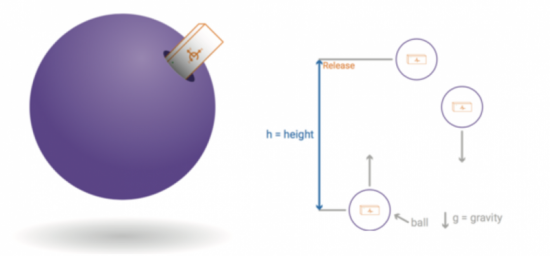How does distance affect the strength of a magnetic field?
NGSS Alignment: MS-PS2-3
The disciplinary core idea behind this standard is PS2.B: Types of Interactions. It specifically looks at electric and magnetic forces and how they can be attractive or repulsive, and how the size of the force can depend on the magnitudes of the charges, currents, or magnetic strengths involved. The strength can also depend on the distances between the interacting forces.





